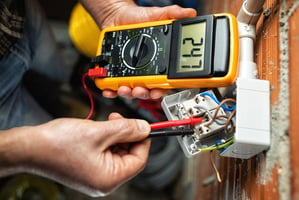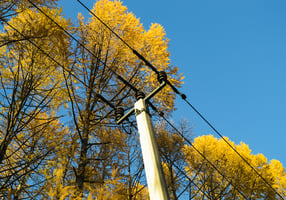We all cherish our pets, but their curious nature can sometimes lead them into perilous situations,...
Why Does My Electrical System Need to be Grounded?
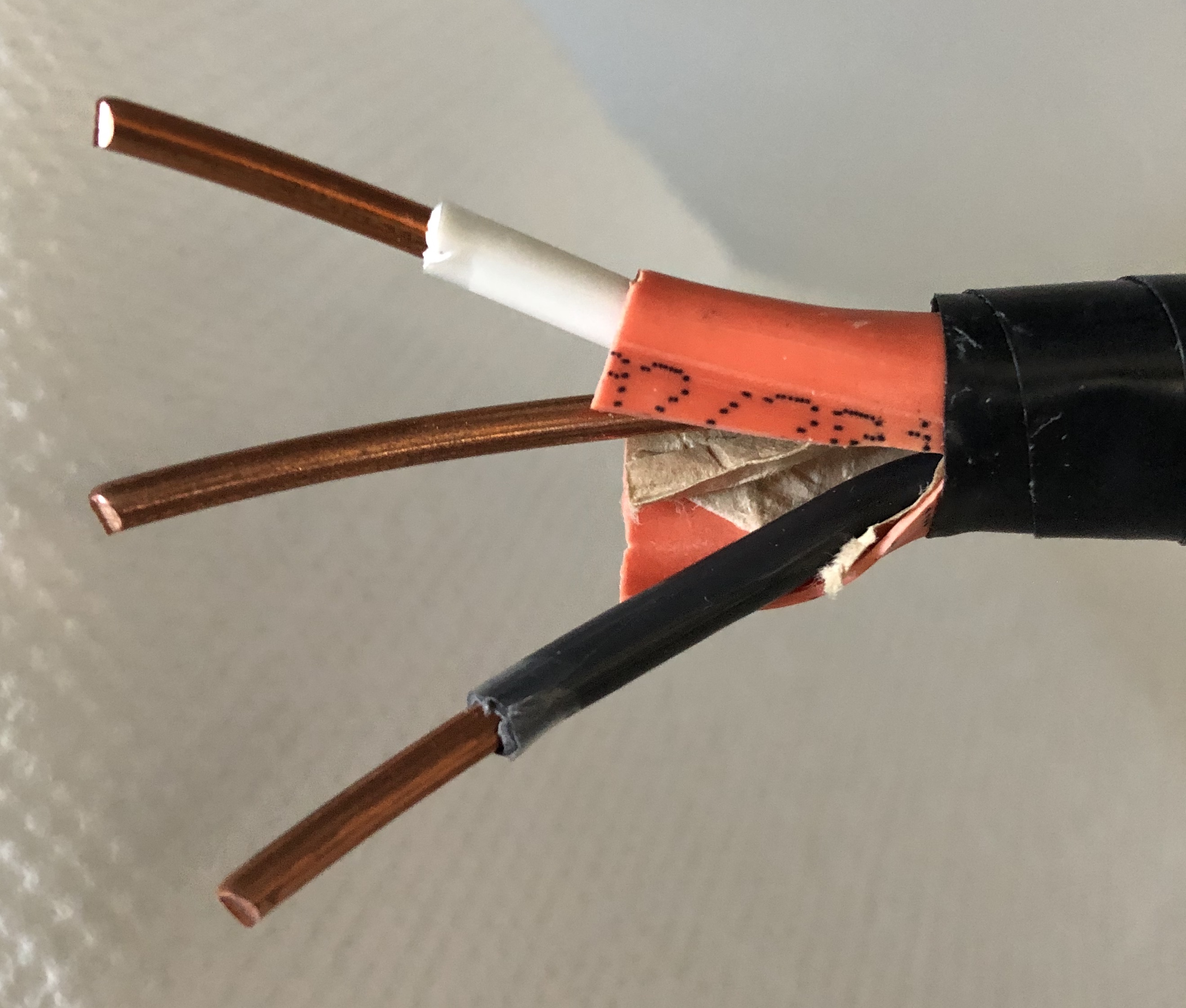 You don’t have to be an expert to ensure the safety of your home, but you should know the basics. You, your household and all of your electrical components are at high risk if your home electrical system isn’t properly grounded. If you still don't entirely understand "grounding," you are not alone. Find out what an electrical ground does and how it works to keep your home - and the people who live there - safe.
You don’t have to be an expert to ensure the safety of your home, but you should know the basics. You, your household and all of your electrical components are at high risk if your home electrical system isn’t properly grounded. If you still don't entirely understand "grounding," you are not alone. Find out what an electrical ground does and how it works to keep your home - and the people who live there - safe.
What is an Electrical Ground and What Does it Do?
An electrical ground wire connects your home’s electrical panel and outlets, to a grounding rod which is buried in the ground outside your home. This “grounding” functions as a safety valve of sorts, allowing an alternate path for excess electrical current to flow (back to ground) in the event that there is an overload in the wiring system. Electrical current is attracted to the negative charge in the ground. The ground - "mother earth" - absorbs and dissipates any excess current.
The electricity you depend on to power devices and keep the lights on is supposed to stay within the metal circuit wires, the current returning to ground through the neutral wires. Sometimes, though, breakdowns occur along the way and the power flows outside the wires. When electricity flows outside the wires in favor of a more direct path to ground, it can be lethal to your devices or to anyone touching them.

Grounding wires are a built-in backup system that runs parallel to the hot (black) and neutral (white) wires as an escape route of sorts for excess power. There are a number of reasons why there might be too much electricity moving through your home’s system, from spikes moving through the municipal grid to lightning strikes. In the absence of adequate grounding, the surge protectors you count on to protect expensive products are all but useless. Even worse, anyone touching a panel or device with no ground has the potential to become a ground connection themselves.
How Do I Know if My Electrical System is Grounded Properly?
If you want to know whether there is a grounding system in place, the first clue can be found by checking the outlets. Three-prong outlets are a sure sign of a copper-wire grounding system, as the third slot on three-prong receptacles is for a grounding connection. Appliances and devices with grounded plugs (three-prong) connect directly to the bare copper grounding wires of your home’s circuits.
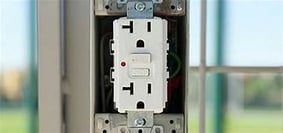 Systems installed before 1965 may have an older grounding system in place, and the outlets aren’t a reliable indicator. Those built and wired prior to 1940 may lack any form of grounding at all, like those with knob-and-tube style wiring. Ask a professional to inspect your system if you suspect any of these.
Systems installed before 1965 may have an older grounding system in place, and the outlets aren’t a reliable indicator. Those built and wired prior to 1940 may lack any form of grounding at all, like those with knob-and-tube style wiring. Ask a professional to inspect your system if you suspect any of these.
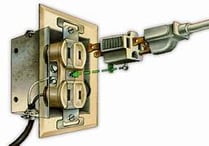 If you live in a home with only two-prong receptacles, you’re likely familiar with plug adapters that allow three-prong plugs to be inserted into these outlets. These are a spotty solution at best, and even then they must be installed correctly in order to provide a small amount of protection. The metal loop or pigtail wire on the adapter must be attached to the outlet cover plate mounting screw, which in turn must be attached to a properly grounded metal box. Even then, protection is not guaranteed, and these adapters should be used with the greatest of caution.
If you live in a home with only two-prong receptacles, you’re likely familiar with plug adapters that allow three-prong plugs to be inserted into these outlets. These are a spotty solution at best, and even then they must be installed correctly in order to provide a small amount of protection. The metal loop or pigtail wire on the adapter must be attached to the outlet cover plate mounting screw, which in turn must be attached to a properly grounded metal box. Even then, protection is not guaranteed, and these adapters should be used with the greatest of caution.
Wilcox Electric has been providing the Metro DC area with expert electrical service for more than thirty years, including full inspections and updated wiring for older homes. Request an electrical safety assessment, today!


